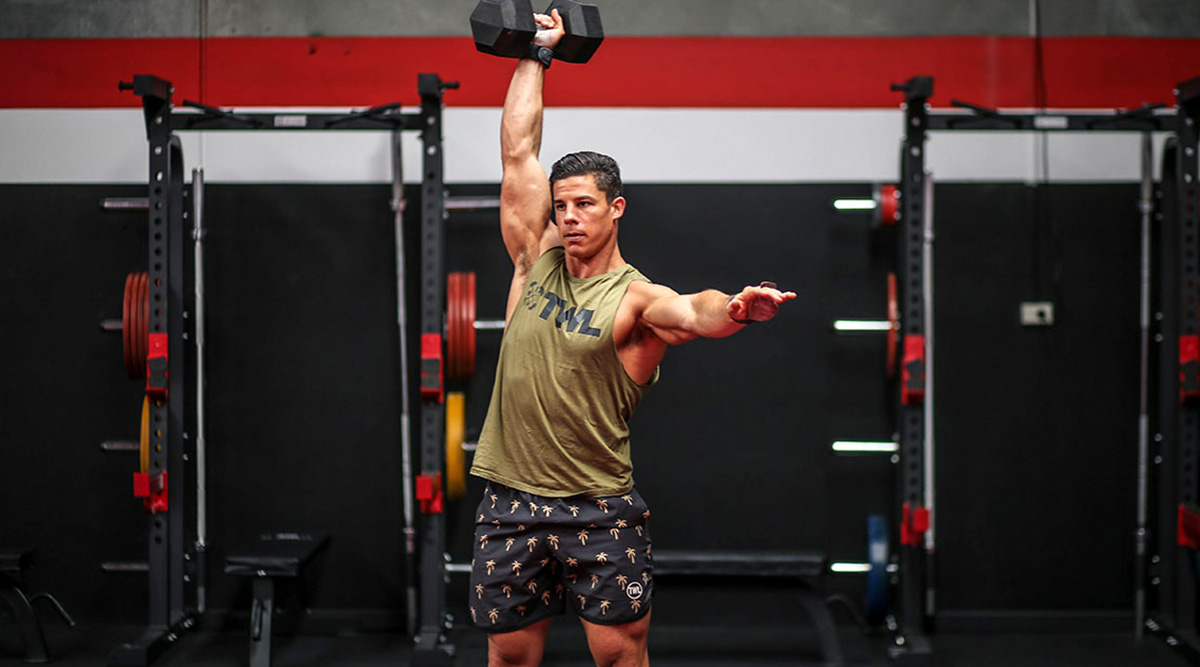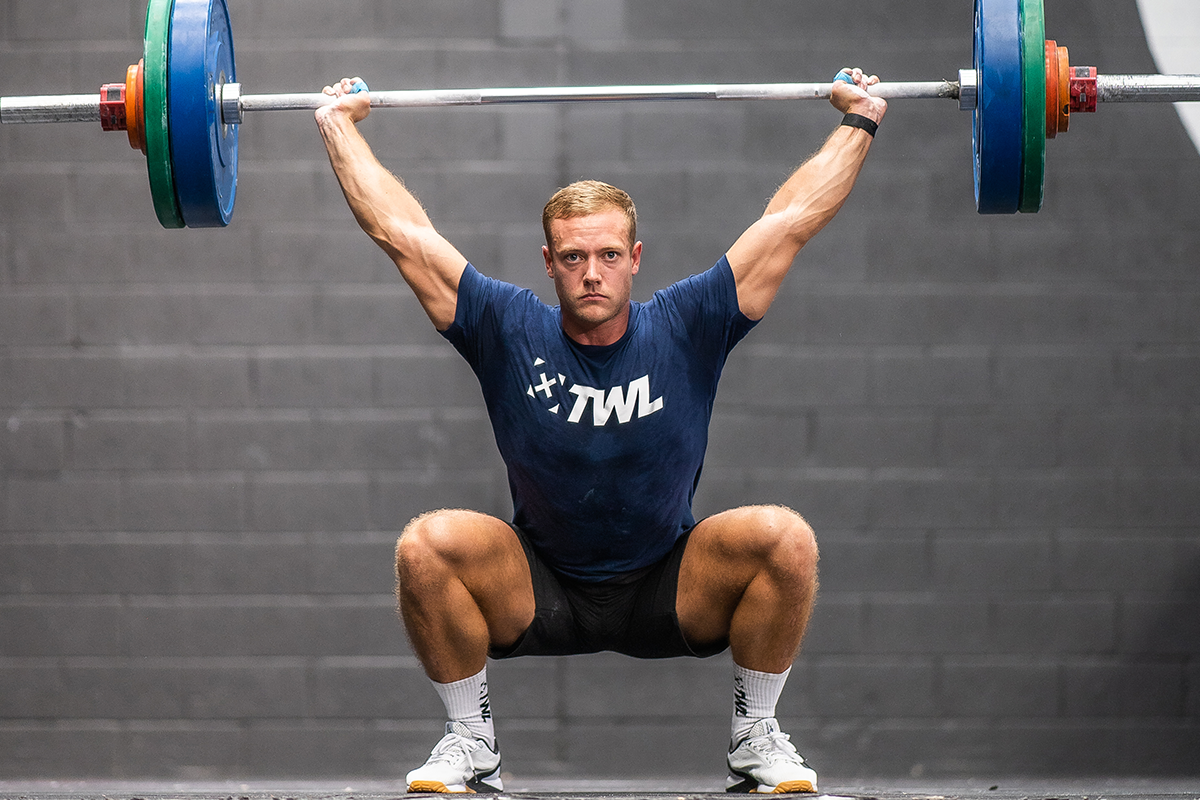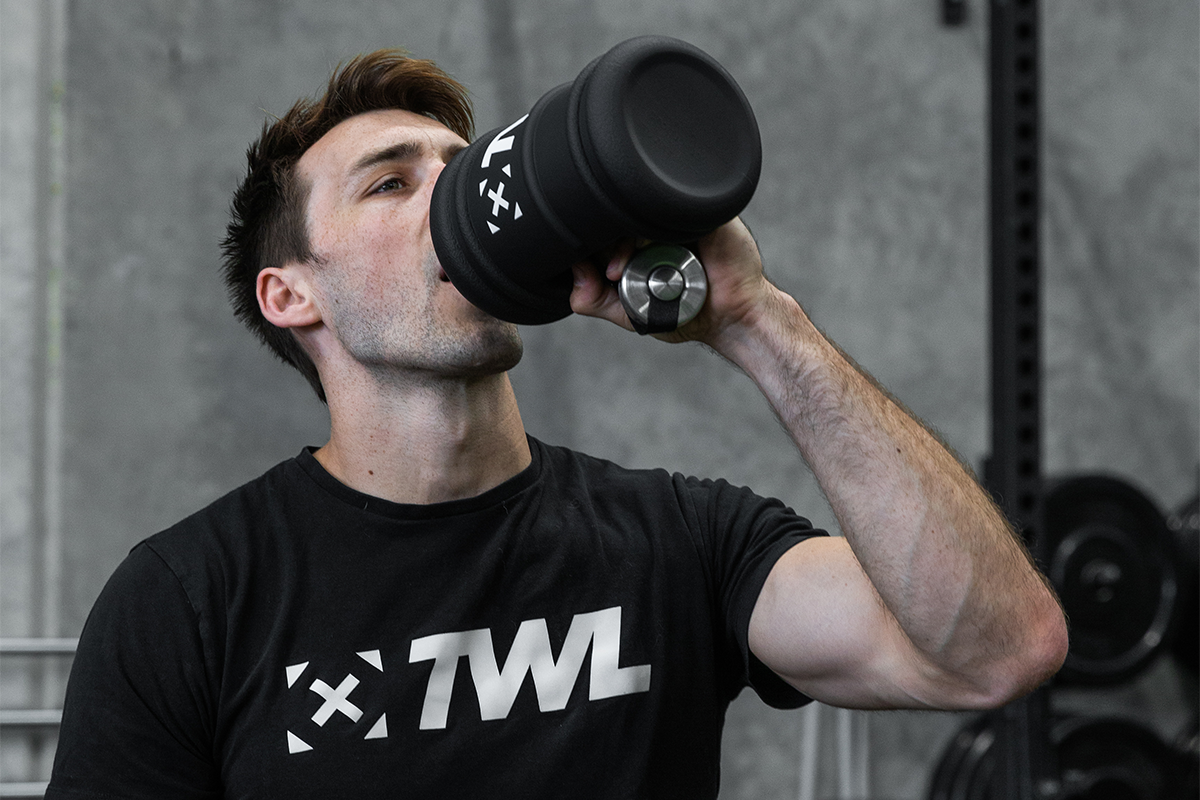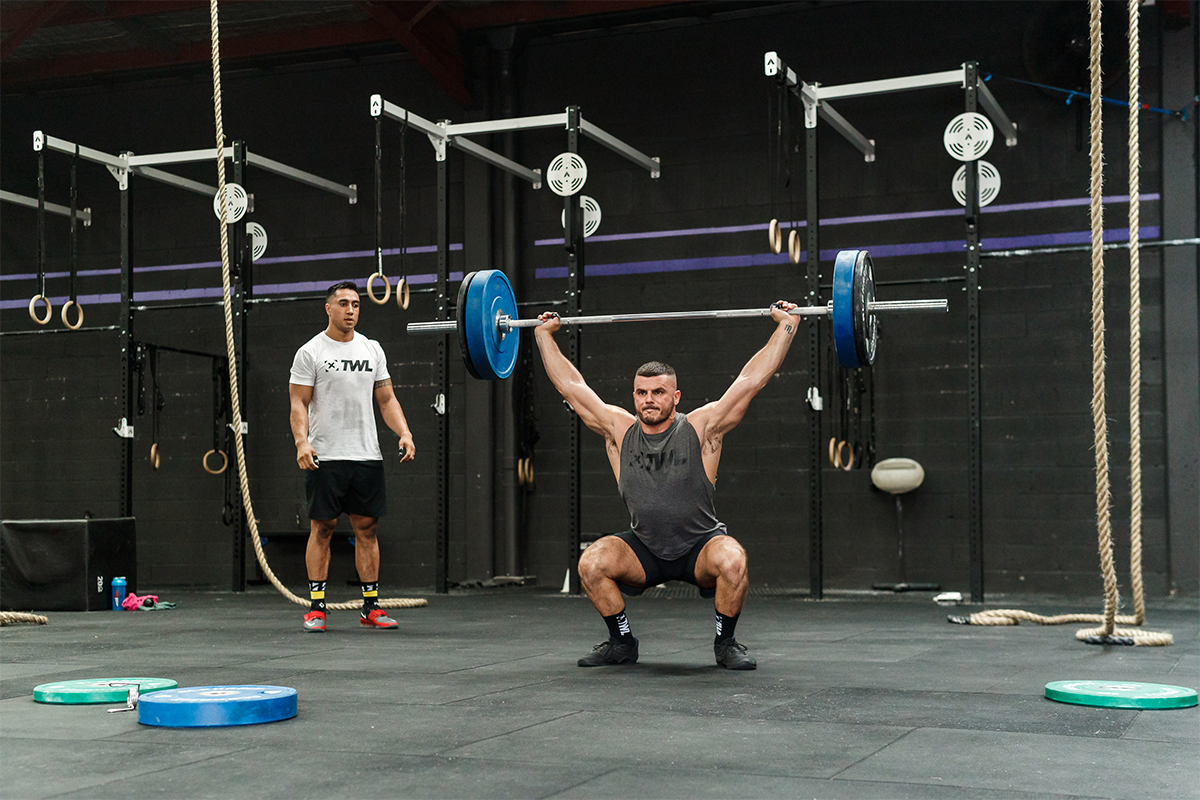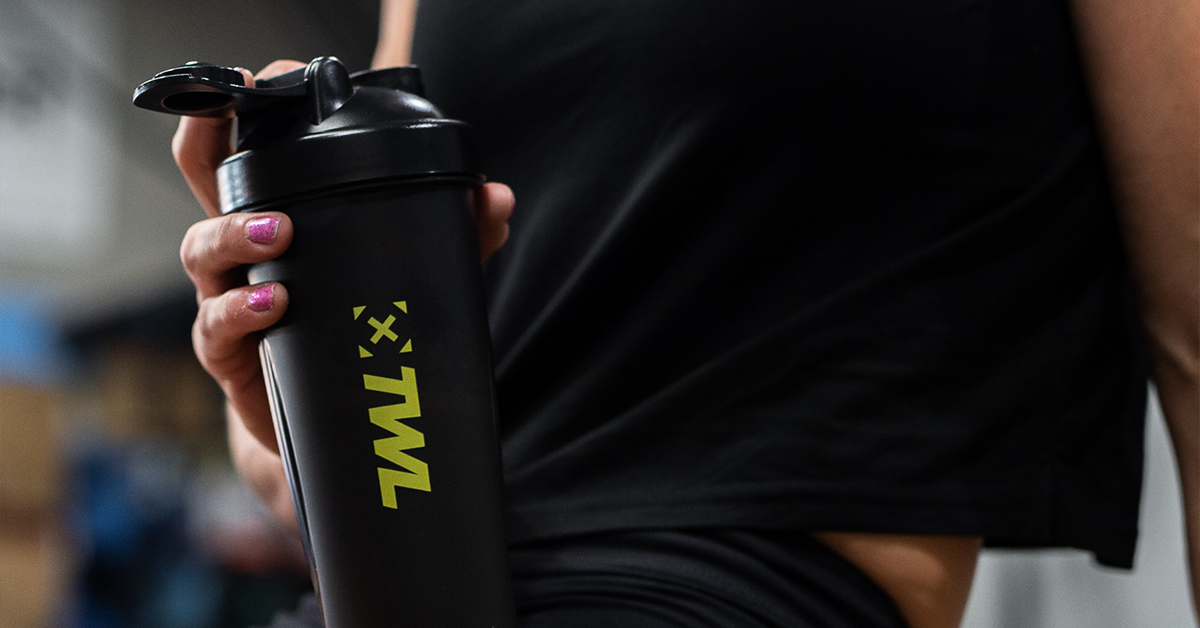For some people, there’s nothing better than a good cardio-session — a sunrise spin session, a long lunch-time run, 30 minutes zoning out on the elliptical after work. They’re a great sweat and endorphin boost, after all. But if you’re on that day-in and day-out cardio grind, you might be ready to take on a new challenge — one that’s packed with major health wins and muscle growth: strength training.
Contrary to popular opinion, cardio doesn’t have a monopoly on cardiovascular health wins. In fact, regular strength training significantly improves blood pressure, cholesterol, and other markers of heart health, according to a review published in Current Sports Medicine Reports. A review published in Medicine and Science in Sports and Exercise found by supporting bone density, increasing muscle mass, and improving strength and balance, resistance training helps decrease our risk for osteoporosis (a condition of low bone density that increases our chances of bone fractures as we age).
And when Harvard researchers followed 10,500 men over the course of 12 years, they found minute-per-minute, strength training was better at fighting abdominal fat (which they claimed is a marker for overall health) than steady-state cardio.
No matter your exercise jam, there’s likely a “why” that motivates you to get your fitness on. But when you introduce strength training to a workout routine, another set of questions is likely to abound. How often do I need to strength train to see results? How often do I need to rest? Does it matter what I eat after my workouts?
Like many things in fitness, the answer is a resounding “it depends.” But zeroing in on the science of muscle growth, how and when it happens, and what you can do to make it happen faster (or slower) can help you pinpoint the best strength training plan for you and your bod. Let’s dive into the three main steps of muscle growth.
Strength Training
First, if you want to build more muscle, you have to do some damage. When you lift weights, you inevitably tear your muscle fibers. When muscles experience these tiny tears, they send a signal they are injured (like an SOS for more cells) and in response, special cells called satellite cells — key cells involved in growing and regenerating skeletal muscle cells — rush in to help, regenerate the muscle cells, and ultimately increase the size and length of the damaged muscles.
This whole process is also known as the overload principle, which says the muscle only adapts and grows when it encounters greater stress than it’s accustomed to. In other words, if you do what you’ve always done, you’ll get what you’ve always gotten.
If you’re training specifically for muscle growth, you’ll want to strength train as much as you can, as long as you’re recovering. Proper fuel in conjunction with proper rest are both required after those strength training sessions to ensure the muscles recover properly. After all, a review published in the Journal of Sports Science concluded your weekly training volume — basically, the total number of sets, reps, and weight used — has the biggest effect on how much mass you gain in any worked muscle group.
How much training can you handle? Lifting newbies should start with three days of full-body strength training a week, according to research published in Medicine and Science In Sports And Exercise. But people who have been regularly strength training for a while (say six months and up) can often strength train five or six days per week.
And of course, it’s worth mentioning you shouldn’t skip cardio completely. Ultimately, finding the right mix of workouts will depend on your specific goals. But when in doubt, refer to the CDC recommendations for aerobic exercise that adults get at least 150 minutes of moderate-intensity exercise per week, or 75 minutes of high-intensity workouts.
Fuel
Good post-workout nutrition habits can help expedite the muscle recovery process. And according to a review published in the Journal of Exercise Rehabilitation, eating right can even decrease the risk of delayed onset muscle soreness (DOMS) — which is used to describe the muscle soreness that sets in around 24 to 48 hours after a workout due to an inflammatory response to the breakdown of muscle tissue.
But what does eating right mean exactly? There are three main things: complex carbs, protein, and water.
Complex Carbs
When you work out, your body burns fuel from anything you’ve eaten recently (like that 4pm latte or pre-workout peanut butter spoonful). Then, typically, it breaks down stored glycogen (unless you’re on the keto diet). That’s why, after a workout, eating is about replenishing the glycogen that’s been depleted during exercise, which you can do by consuming complex carbs, like quinoa, brown rice, nuts, and whole wheat bread.
Protein
To build those muscles bigger and stronger than they were before, you need protein. Why? Protein is made up of molecules called amino acids, which are the building blocks of muscle. To figure out how exactly how much protein you need, divide your weight by 2.2 to get kilograms, then multiply that number by 0.8 and one to get a range of recommended protein (in grams) for muscle growth and recovery.
So a 130-pound woman who exercises should eat about 47 to 59 grams of protein per day, while a 190-pound man should eat 69 to 86 grams. If that seems like a lot, consider this: four ounces of chicken has 30 grams of protein, one egg has six grams, and most Greek yogurt offers 17 grams. Those three make great post-workout protein meals, but salmon, a protein smoothie, and grass-fed meat are good options too.
If you count your macronutrients, the breakdown should be about 50 percent of your calories coming from carbohydrates, 30 percent from protein, and 20 percent from fat.
Water
You should also properly replenish the fluids you lost while sweating as soon as you can. That’s because water is a necessary ingredient for muscle protein synthesis, and one study published in the Journal of Athletic Training even suggests failing to hydrate properly after a workout can exacerbate soreness.
By the way, according to a study published in the Journal of the International Society of Sports Nutrition, you want to refuel within about 30 minutes of working out to get your energy stores back up and help your body recover faster.
Rest
It’s easy to believe the truly dedicated muscle-making machines never take a day off strength training, when you scroll through Instagram. But don’t let those likely filtered, super styled photos keep you from giving your body the rest it needs to properly repair those muscles. Not only is rest likely more important than you realize, but if you don’t give your muscles enough downtime, you could actually end up slowing down your progress — or worse, getting injured.
Especially after intense or long training sessions, your body needs time to repair tissues that have broken down. It’s during the rest period your muscles are able to repair, adapt and ultimately, get stronger. Simply put, when you ask your body to jump right back into performance mode too soon, it interrupts its natural rebuilding process and can prevent you from reaching your goals.
The amount of time your body needs varies on your training plan, your workouts, and their respective intensity. But typically, if you’re overtraining, you’ll feel it. Profound soreness, trouble sleeping, or feeling winded when you’re doing normal activities are all signs you’re probably overdoing it. In these cases, listen to your body.
If you’re afraid to take even a day off, consider this: your muscles weren’t made in one day, and they won’t disappear in one day either. And if that still isn’t enough, try reframing “rest day” as “recovery day” in your mind. It’s easy to equate “rest day” with Netflix binges and pizza delivery, but while downtime can be good for us and you should absolutely take time to lie on the couch and relax when you need it, a completely sedentary day isn’t usually necessary. Instead, a walk, yoga class, or spin around the block are fine. And if you do want a low-key day off, stretching out or foam rolling is still always a good idea.

